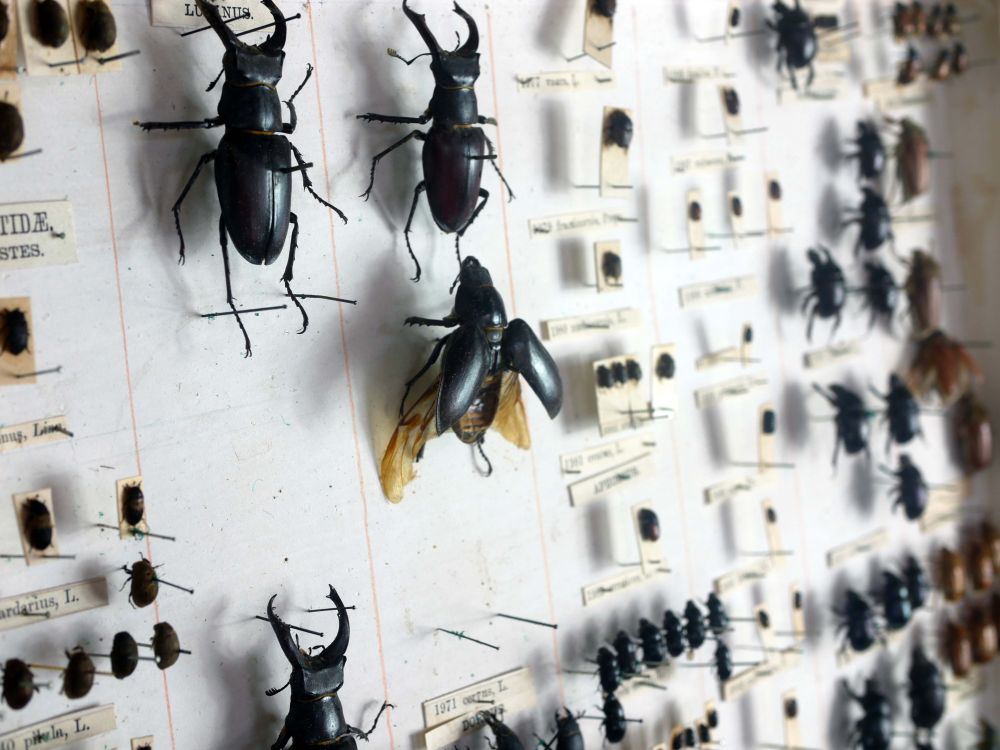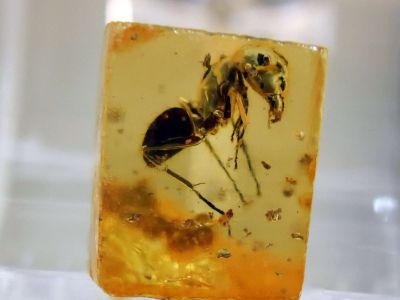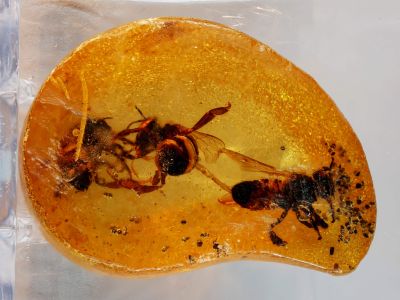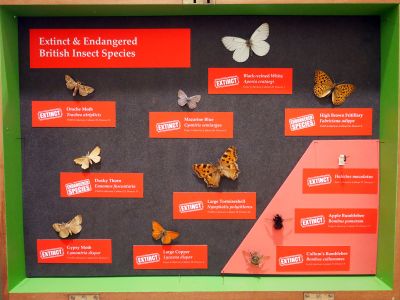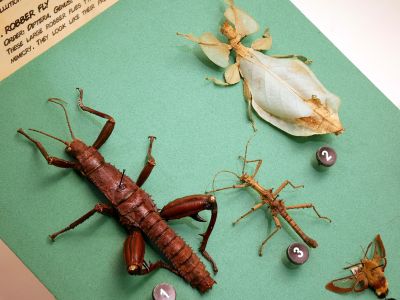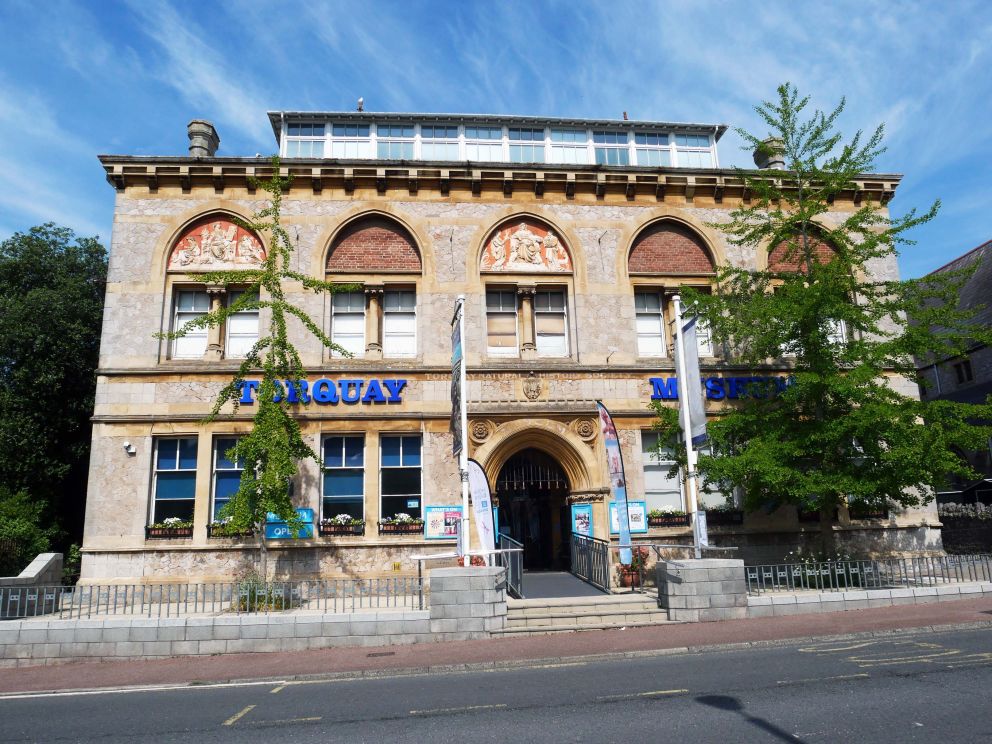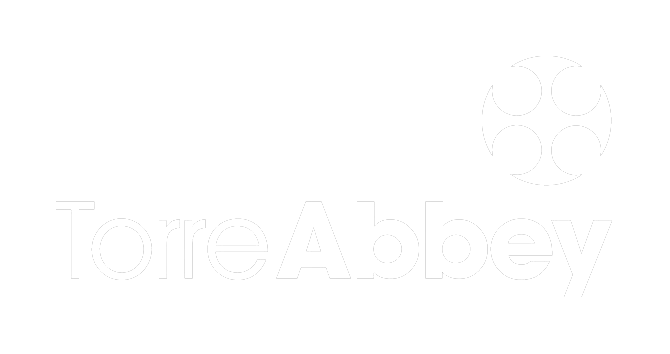The Insect Collections
The largest collection housed in the Museum, the entomological collection, consists of over 120,000 specimens from all over the world.
The specimens are largely from early 20th-century entomologists and include the Ashe Collection of British beetles, the Gough collection from Europe and Trinidad, and the Hebbert Collection of tropical butterflies with specimens from Europe, Asia and the Americas.
Housed in 64 collectors' cabinets, the collection is a treasure trove of insect life. It includes the Hope Collection, a rare collection of British flies. There are British moths and butterflies some now extinct in the UK, amassed by the Torquay Natural History Society. A box of tropical beetles prepared by Arthur Ogilvie a previous Curator of the Museum, and some spectacular Baltic amber with inclusions of ants, wasps and bugs.
The Hebbert Collection of Tropical Butterflies
The Hebbert Collection is Torquay Museum’s largest collection of tropical and European Lepidoptera. Given by E.G. Hebbert in November 1935 this huge collection is housed in 19 oak collectors cabinets consisting of 226 drawers and 10,843 specimens. The collection is our best display resource for Lepidoptera, having a huge geographical spread coupled with visually spectacular specimens. It is used regularly for events relating to insects and drawers from the collections have been displayed in several exhibitions in the last 20 years including ‘The Bugs Files, 1999’ ‘Strange Neighbours, 2013’ and ‘Lost City of Z 2017’.
Read More 

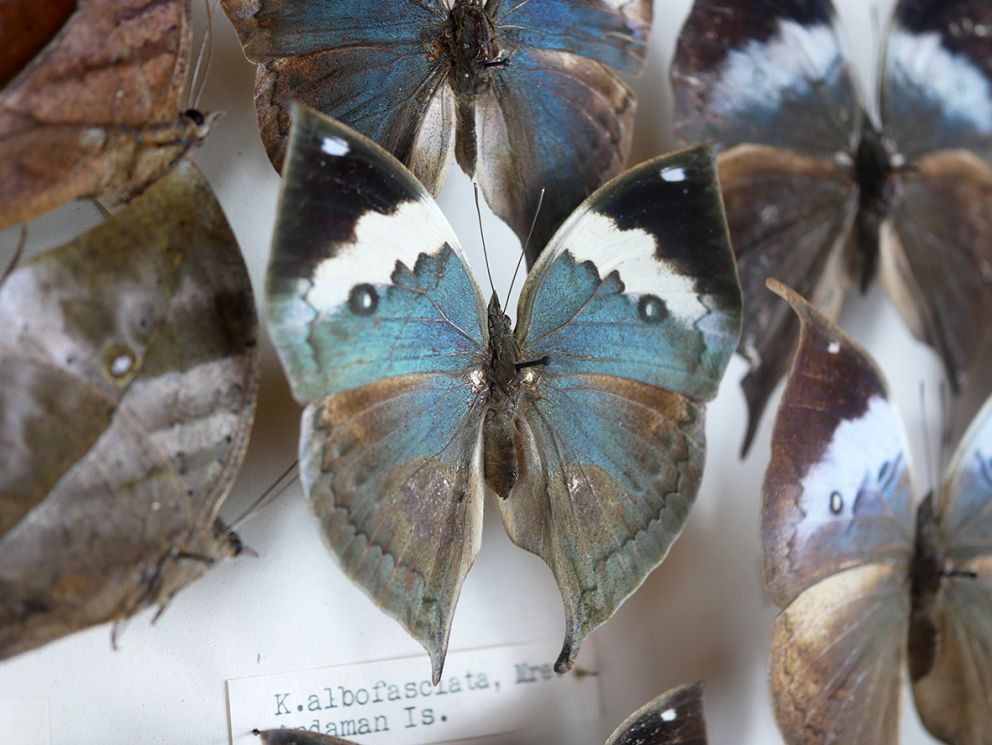
Blue Morpho Butterflies from the Walker Collection
These Amazonian icons are one of the largest butterflies in the world and their facing serious threats caused by humans. Their beauty attracts artists and collectors from all over the globe who wish to capture and display them and increased deforestation causes the loss of their natural habitat. We need to protect the Amazon rainforest to fight climate change and the rainforest needs its native species like the Blue Morpho to keep the ecosystem thriving.
Read More 

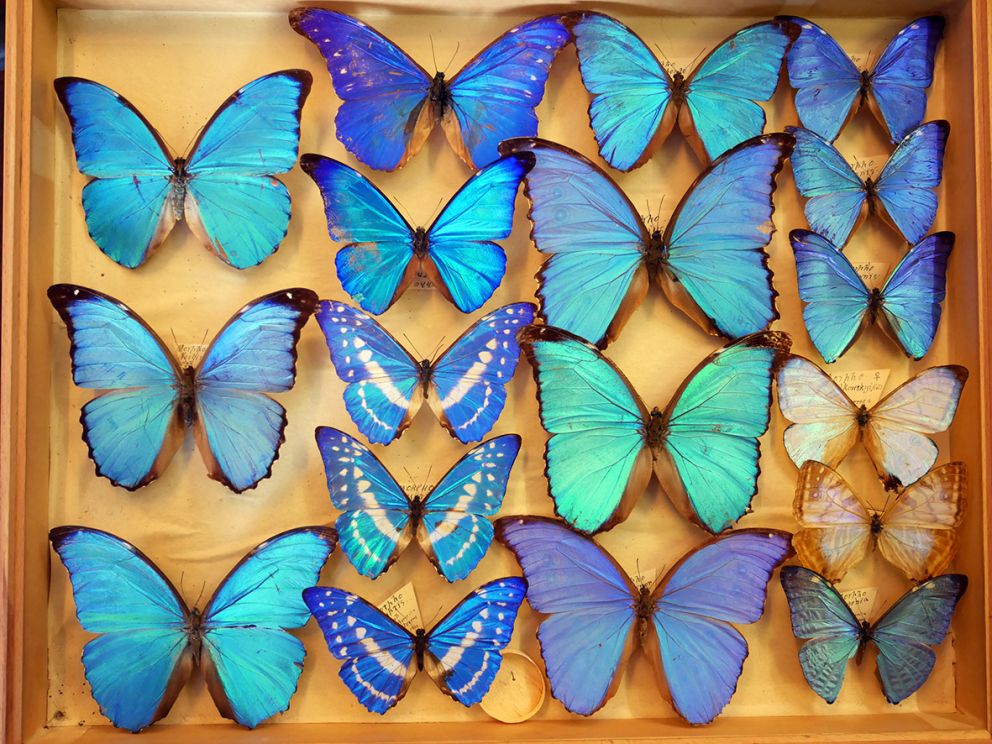
Support Torquay Museum
Did you know that whenever you buy anything online – from your weekly shop to your annual holiday – you could be raising free donations for Torquay Museum with easyfundraising? Find out how!
Stay Connected with Our Newsletter
Be the first to hear our latest news by signing up to our newsletter. Also don't forget to follow us on social media - @torquaymuseum.








